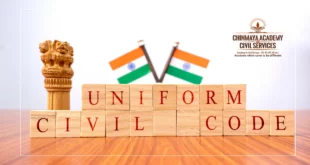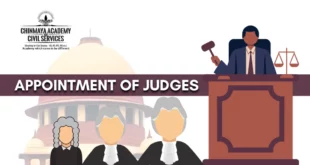The Supreme Court’s challenge to patriarchy has been on-going across Benches, CJIs The past two years have seen the Supreme Court progressively question patriarchy in religion to ensure emancipation for women, and set the course for the future. But majority decisions in the court continue to rely on legal technicalities when it comes to politically-charged cases like the Ayodhya dispute and the arrest of five activists in the Bhima-Koregaon violence case. The court has not shied away from confronting age-old personal law practices, usages and customs which were considered taboo. Gender bias Chief Justice Dipak Misra belled the proverbial cat when he wrote in his main opinion that “historically, women have been treated unequally”. No philosophy has so far convinced the large population of this country to open up and accept women as equal partners in the journey of spirituality, the Chief Justice wrote in the Sabarimala case. In Sabarimala, the court held that the ban on women, based on their menstrual status, considering them as “polluted” and a distraction for worshippers vowed to celibacy, is a “form of untouchability”. In no uncertain terms, the court told the world that India still practices untouchability 63 years after the social evil was abolished under the Untouchability (Offences) Act in 1955. The fact that the court, despite the changes in Chief Justices, has remained steadfast in its objective to realise the equal status of women in religion was witnessed in October 2016 when a Bench led by then Chief Justice of India T.S. Thakur drew a parallel between the restriction on women worshipping in Sabarimala temple and Mumbai’s famed Haji Ali Dargah. Chief Justice Thakur had observed that ‘exclusion’ is practised by both Hindus and Muslims and the “problem needs to be addressed’”. Hardly a week later, the Dargah Trust conceded before the court that it had resolved to allow women to enter the sanctum sanctorum of the dargah “at par with men”. “Is that not what Your Lordships wanted? Is this not progressive?” senior advocate Gopal Subramanium, for the Trust, asked the Thakur Bench. The Khehar Court on August 22 last year declared the triple talaq unconstitutional and anti-Quran. Justice Kurian Joseph, on the Constitution Bench, held that “Islam cannot be anti-Quran… Triple talaq is against the basic tenets of the Holy Quran, and consequently, it violates Shariat”. Over the past year, the Misra Court has intervened with the Parsi elders to allow Goolrokh Gupta, a Parsi woman, who married outside her faith, to pray at the Tower of Silence for her departed father. It has also referred to a Constitution Bench the question whether the practice of female circumcision or khafz , prevalent in the Dawoodi Bohra sect, amounts to “female genital mutilation” and is a violation of women’s right to life and dignity. However, in the court’s decisions in three cases — Aadhaar, Ayodhya and activists’ arrests — the dissenting opinions of Justices D.Y. Chandrachud and S. Abdul Nazeer resonate while the opinions of the majority on the Bench led by Chief Justice Misra feel prosaic.
Source : https://www.thehindu.com/todays-paper/tp-national/a-crusade-for-womens-rights/article25091766.ece
 Chinmaya IAS Academy – Current Affairs Chinmaya IAS Academy – Current Affairs
Chinmaya IAS Academy – Current Affairs Chinmaya IAS Academy – Current Affairs



